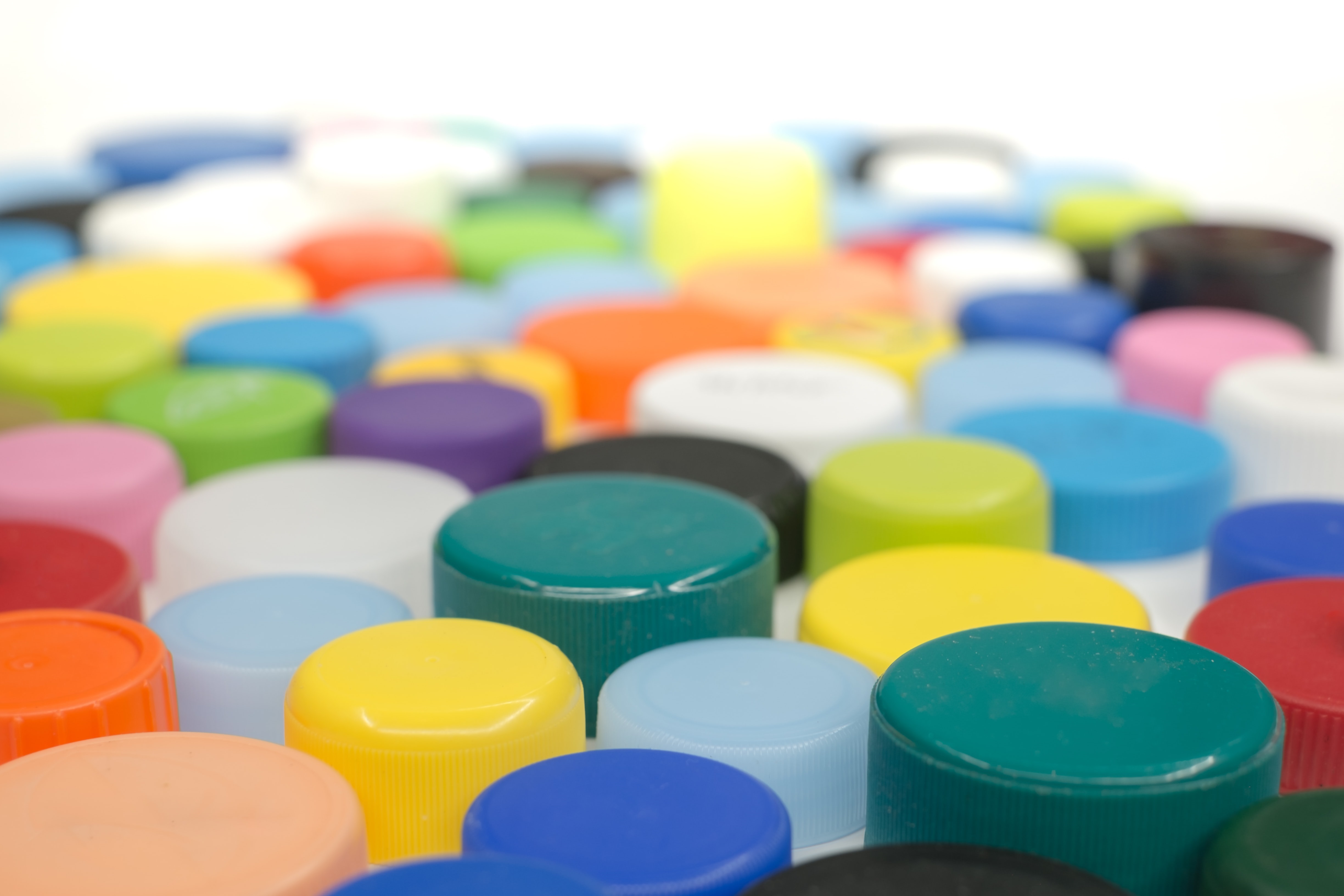Jenny Stanley, MD at Appetite Creative, looks at how connected packaging can help brands achieve their sustainability goals.
 You may have noticed your favourite products recently appearing in new and improved packaging. Sustainability, waste reduction and net carbon zero goals are now at the forefront of decision-making across businesses worldwide. From 100 per cent recyclable to tethered caps, you might think that it’s about time brands started to make a change, but not all is as it seems…
You may have noticed your favourite products recently appearing in new and improved packaging. Sustainability, waste reduction and net carbon zero goals are now at the forefront of decision-making across businesses worldwide. From 100 per cent recyclable to tethered caps, you might think that it’s about time brands started to make a change, but not all is as it seems…
Coca-Cola recently announced plans to add attached caps to its plastic bottles in a bid to ramp up recyclability. The drinks company claimed the move will reduce the potential for the caps, which are already recyclable, to end up as plastic waste as they’re “often discarded and littered”.
Coca-Cola plans to roll out these new plastic bottles across its entire range of brands by early 2024, which coincides with the European Parliament bringing in legislation making it mandatory for suppliers of products with plastic caps and lids to switch to attached caps and lids if they want to remain on the market from 2024. The rules will apply to all beverage containers with capacity up to three litres. The new Single-Use Plastic Directive, which is ultimately a small design adaptation, is expected to prevent 10 per cent of plastic litter found on European beaches.
Brands and businesses across a variety of industries, like Coca-Cola, are having their hand forced by governments. The legislation around sustainability, health and packaging is changing regularly, and the new directive in Europe is only the beginning.
So, what are the other key considerations for businesses who aren’t perhaps as far ahead in the sustainable packaging development as they should be?
1. Companies selling wines and aromatised wines in the European Union (EU) will have to provide nutritional information and ingredients on labels or digitally through connected packaging by the end of 2023. Essentially wine will need to carry health warnings. Legislation may only be applied to certain drinks or categories in some countries.
2. By the end of 2022, nutrition and ingredients of all spirits sold in the EU will have to be available to consumers. The information will need to be provided in a clear and comprehensive manner which will ensure that the purpose of Regulation 1169/2011 to provide “a basis for final consumers to make informed choices” is fully met. Consumers will be given permanent access to all the relevant information through smartphones, barcodes and QR codes.
3. A U-label digital platform has been created, open to any wine or spirit company, based inside or outside the EU, wishing to use e-labelling to provide information to their EU consumers in an easy, secured and affordable way. An e-label is a dedicated webpage compiling structured information on a precise product, for a specific market. The e-label is made available to consumers through a unique QR-code printed on the back label of the product. Some of wine’s biggest brands are taking part in a pilot scheme ahead of the introduction of the EU’s labelling laws. At Appetite Creative, we’re proud to be an approved Secretary General of CEEV Comité Vins connected packaging partner.
Consumers are concerned about the environment, and many companies are already working to provide a solution to improve the recyclability of packaging and offer transparency to consumers. E-labels, aka connected packaging, deliver an accessible, clear and easy way to share key product information. Increasingly, brands need to explain what, how and why they’re making changes, and the value it brings to customers.
When it comes to both sustainability and good health, connected packaging can help educate customers and ultimately change their behaviour for the better. QR codes found on packaging give users access to web-app experiences that include educational videos, interactive virtual reality (VR) and augmented reality (AR) and fun shareable games. Importantly for marketers, it can help align both brand and consumer.
At Appetite Creative, we’re working with Tetra Pak, Elopak, and Greiner Packaging, who are all taking sustainability seriously. They’re investing in ways to ensure packaging can ultimately become zero-waste. We’re helping them to educate and inform consumers in an engaging way via connected packaging to ensure the end user understands how and why to use and recycle the packaging. It’s all well and good tethering caps for example, but if consumers don’t know why and separate the lids anyway, then it’s a wasted exercise. We’ve been helping marketers deliver important information in a way that is easy to digest and action, empowering them to make the right choices for themselves and the planet.
With an ever-growing need for brands to act responsibly, connected packaging and the wider technology supporting it provides a smart solution. It offers an efficient and cost-effective way to collect data, develop products and communicate directly with customers in real time, as well as a simple way to improve credentials. Soon it won’t be a choice or ‘nice to have’. Now is the time to adopt connected packaging to avoid becoming obsolete.
















